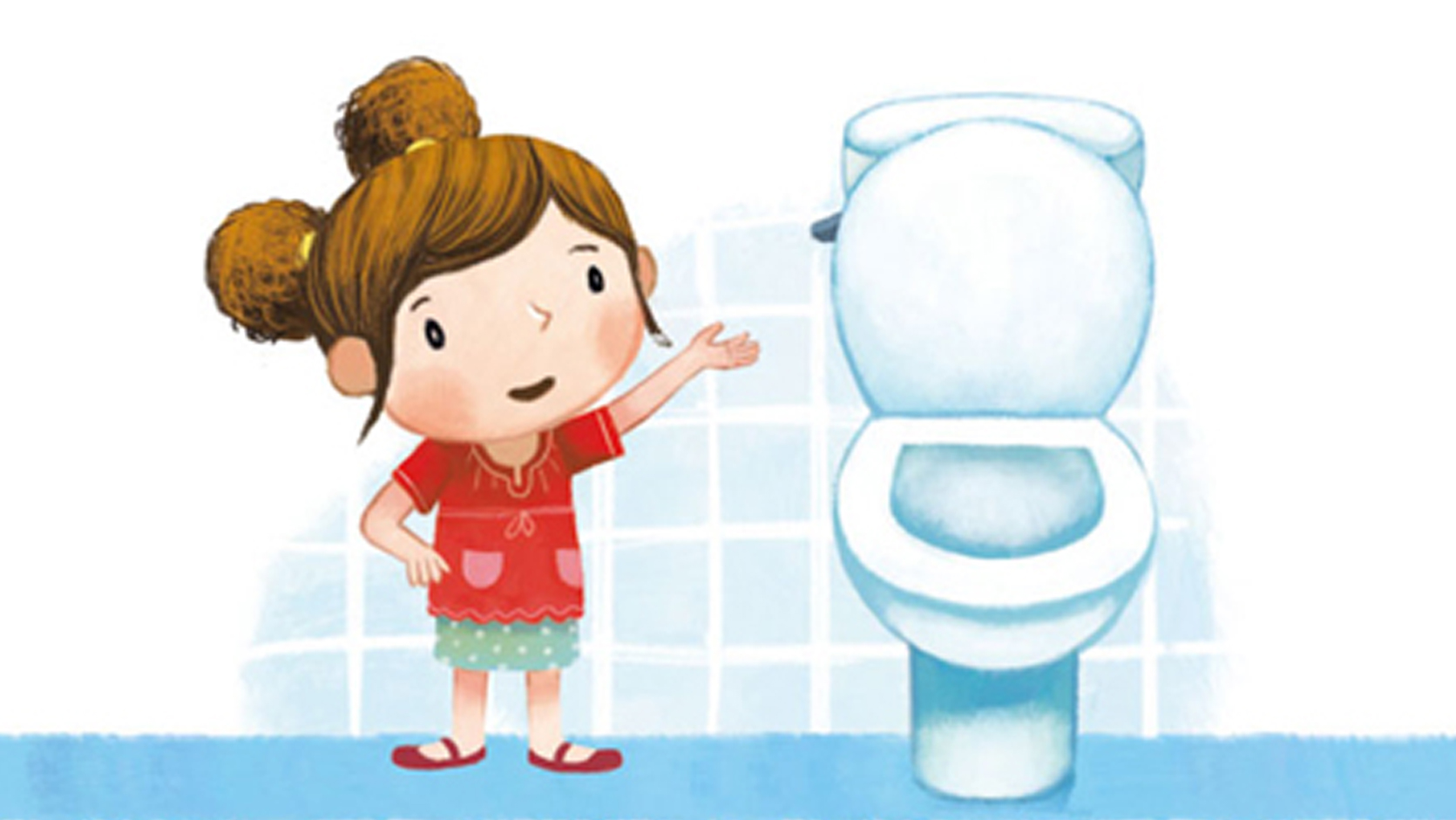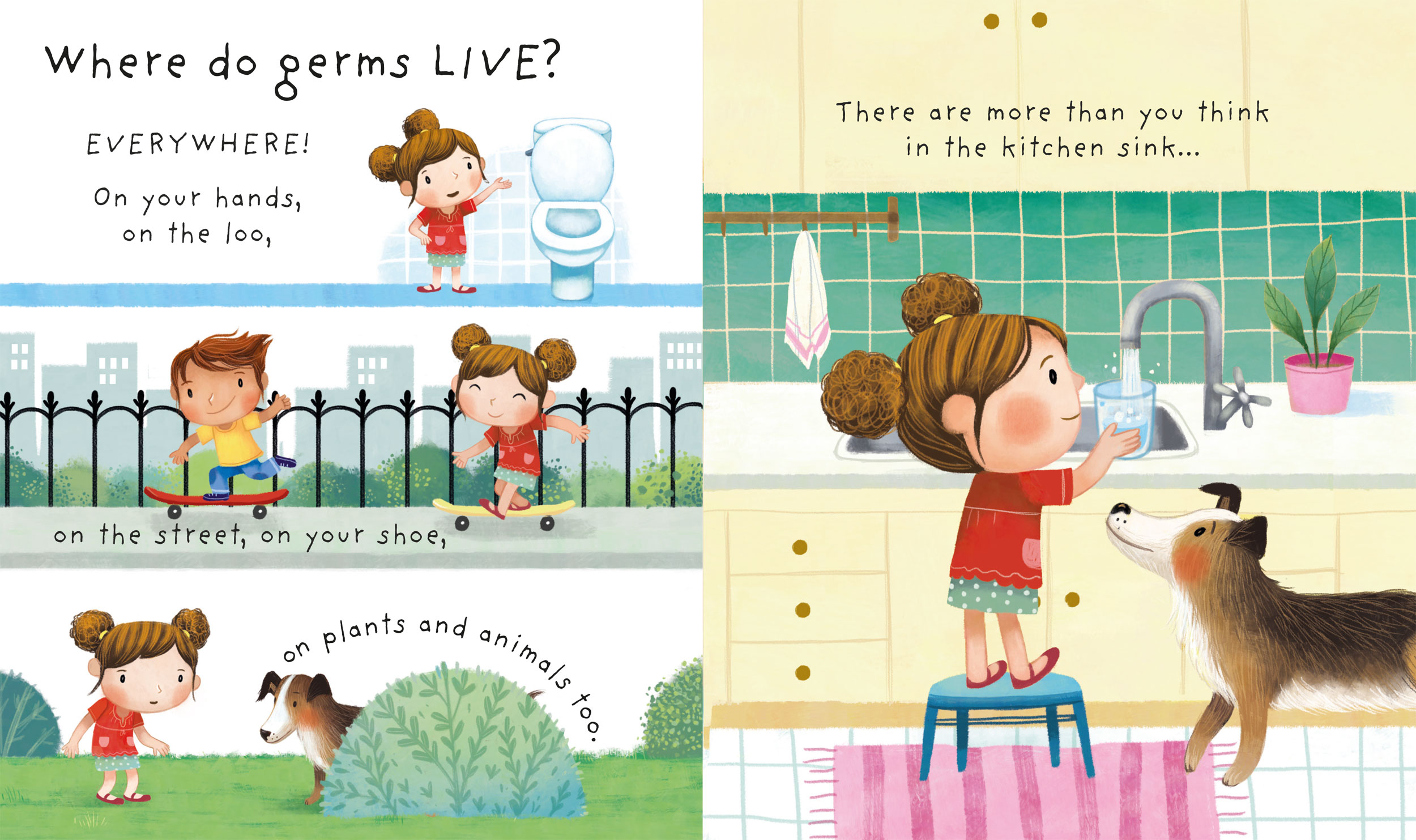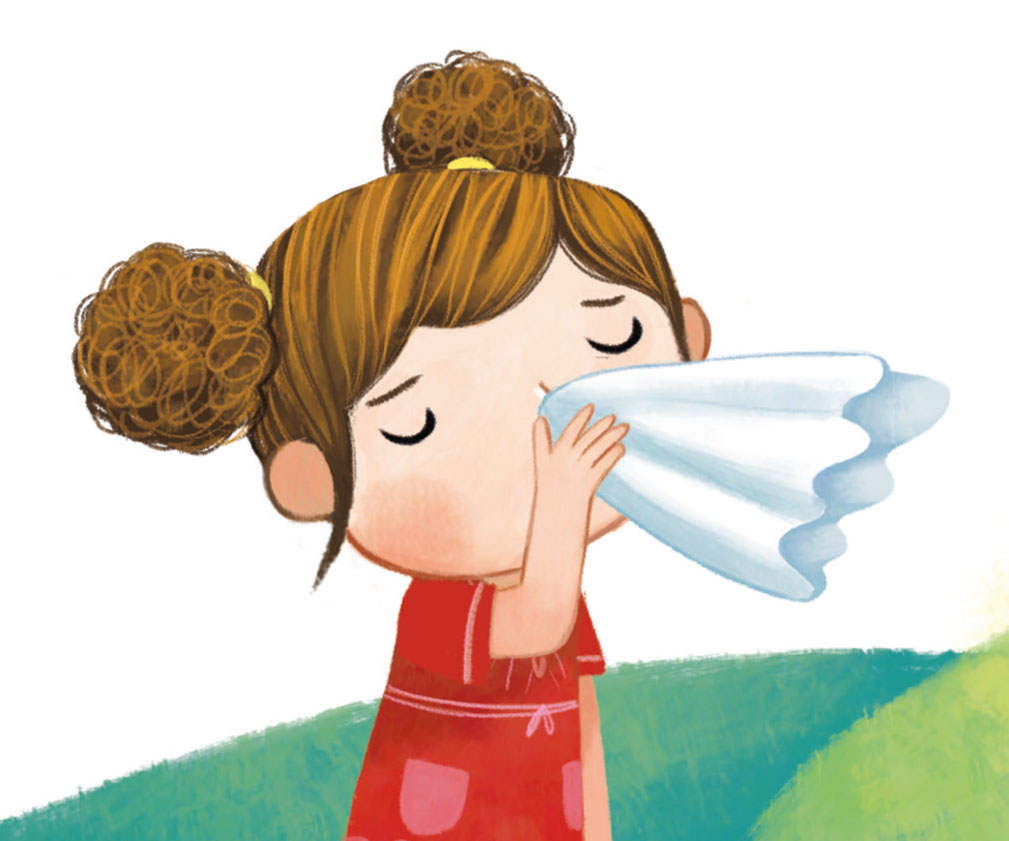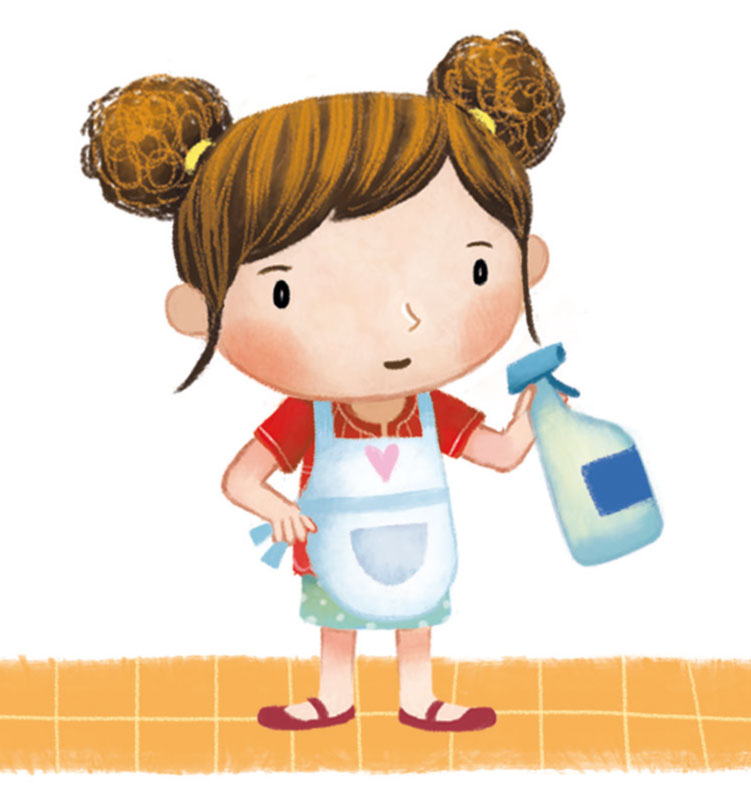- Tips and expert advice
Why is hand hygiene important for my child?

Top tips on keeping children safe, from Diane Ashiru-Oredope and Karen Shaw at Public Health England, who advised us on our book What are germs?
Most of us aren’t entirely comfortable with the idea that we are surrounded by microscopic lifeforms; bacteria, viruses and fungi, right under our noses, but as a parent, that thought can be particularly worrisome.
Luckily most of them do not cause us any harm. In fact, many bacteria, particularly those that live on and in us, are good for us, contributing to healthy digestion and helping to prevent infections.
However, some organisms, if they grow to a significant number, or our immune system is weakened, can be capable of causing an infection and making us ill. For the rest of this article we will refer to these potentially harmful organisms as ‘germs’.
The key to avoiding infections is to stop these germs entering our bodies, so they don’t get the chance to take hold and multiply.

'Where do germs live?' from the Usborne book What are Germs?
Germs are found all over the place so we are somewhat limited as to how much we can avoid coming into contact with them when we’re out and about. But in our homes we can certainly stop germs going any further than our hands and causing infections. Here are a few simple steps that parents can take to help protect the whole family.
General cleanliness
The last thing any parent needs is to be told to clean more and it can feel like a constant losing battle, but when the aim is to prevent infection there are places we can target.
As a general rule smooth, dry, cold surfaces tend to harbour fewer germs than those that are regularly damp and warm.
We all know it’s important to clean certain hotspots, such as toilets, sinks, baths, shower curtains and food preparation surfaces regularly. Dish sponges/cloths are also common hubs for microorganisms so be sure to clean these regularly too, and on a hot wash if these are reusable fabrics. If children are sick, for example with vomiting and diarrhoea, hot washes should be used for laundry.
Taking precautions with food is important, from ensuring food preparation surfaces are clean before and after use, and keeping hands clean while handling food.
Visit the Usborne Quicklinks website for links to more websites with information on how to prevent the spread of germs.

Hand hygiene
There are of course times when washing your hands is highly recommended, such as:
- after using the toilet/bathroom
- after coughing/sneezing/blowing your nose
- after having contact with animals, including pets
- before and after visiting elderly friends/relatives, families with babies, people who are unwell or have weakened immune systems and any hospital/care facility
With kids, it’s a good idea to encourage them to wash their hands when coming home from school/nursery and after playing outside, to prevent them bringing unwanted germs into the house.
Visit Usborne Quicklinks for a helpful demonstration of the most effective way of washing your hands. It should take around 20 seconds, roughly the time it takes to sing Happy Birthday twice!
Remember, fingernails are best kept short and clean.
Alcohol gel is useful to carry around when handwashing facilities aren’t available, but this should only be offered to kids with close supervision and kept out of reach at other times.

Cuts/wound dressing
Kids will be kids and will all get bumps and scrapes at some point. When they do, there are some simple guidelines for keeping their cuts and grazes clean and preventing an infection.
First, stop any bleeding (before applying a dressing) by applying pressure to the area using a clean and dry absorbent material – such as a bandage, towel or handkerchief – for several minutes. Then:
- wash and dry your hands thoroughly, as above
- clean the wound under drinking-quality running tap water – avoid using antiseptic as it may damage the skin and slow healing
- pat the area dry with a clean towel
- apply a sterile adhesive dressing, such as a plaster
Keep the dressing clean by changing it as often as necessary. Keep the wound dry by using waterproof dressings, which will allow you to take showers, but if it gets wet, change it. You can remove the dressing after a few days, once the wound has closed.








